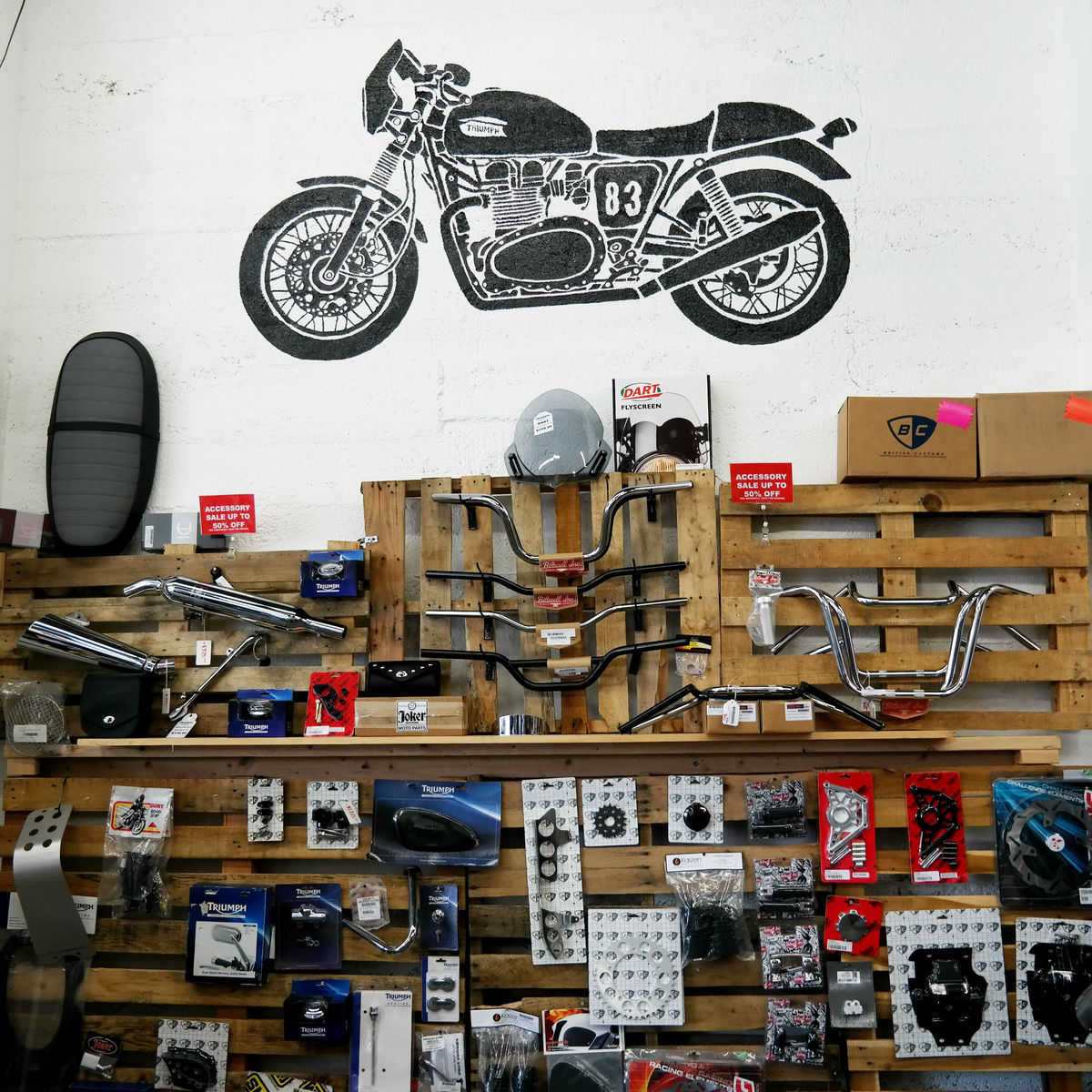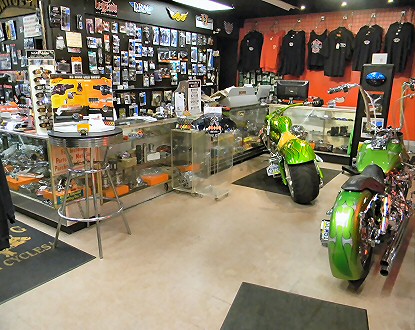Leading MX Gear NZ: Get Ready for Your Next Off-Road Experience
Leading MX Gear NZ: Get Ready for Your Next Off-Road Experience
Blog Article
Understanding Motorbike Gears: Just How to Optimize Your Riding Experience
In the realm of motorcycling, grasping the art of gear control is critical for boosting your riding efficiency. Correctly utilizing and comprehending bike gears can dramatically impact fuel, control, and velocity effectiveness, changing an average trip right into a seamless, thrilling journey.
Recognizing Gear Mechanics
Exactly how do the complexities of gear auto mechanics influence bike efficiency? At the core of bike dynamics, gear mechanics play a critical function in converting engine power into movement, eventually dictating speed and control. Gears, carefully crafted elements, enable bikers to optimize torque and speed, guaranteeing a seamless transition through various surfaces and rates. The equipment ratios, thoroughly developed, identify the relationship between engine changes and wheel turns, impacting acceleration and fuel performance.
Comprehending equipment technicians begins with recognizing the value of the transmission, which houses several gears of varying sizes. These equipments connect with a process referred to as meshing, where teeth of different equipments engage to transmit power. The accuracy of this interaction is crucial; any kind of misalignment or damage can bring about inefficient power transfer, hindering efficiency. Additionally, the setup and size of gears affect the motorbike's capacity to take care of different lots and speeds.
Moreover, the idea of equipment shifting is important to optimizing efficiency. Prompt and smooth changes ensure that the engine operates within its optimal power band, protecting against unnecessary stress and boosting longevity (motorcycle shop). By comprehending these mechanical ins and outs, cyclists can achieve an unified blend of power, control, and effectiveness, raising their riding experience
Timing Your Changes
Shift timing mastery is important for optimizing motorbike performance and enhancing the riding experience. Correctly timed shifts guarantee that the engine operates within its optimal power band, which is essential for preserving control, achieving smooth velocity, and ensuring the long life of the bike. Cyclists must develop an intuitive feeling of when to change equipments, which entails comprehending the connection between engine revolutions per minute (RPM) and rate.
To understand shift timing, pay attention to the engine's audio and feel, as these offer essential clues about when to change gears. The suitable change factor typically happens when the engine comes close to the upper variety of its power band without reaching the redline. Shifting as well early can result in a lack of power, while changing as well late may cause unneeded engine stress
Additionally, roadway conditions and riding style influence change timing. For example, in urban setups, smoother and much more frequent changes might be necessary to browse web traffic successfully. In contrast, during highway riding, less shifts at greater rates can be better. Practicing in diverse atmospheres will boost your capability to time shifts specifically, ultimately boosting your riding experience to a professional degree.
Enhancing Fuel Effectiveness
While grasping motorcycle equipments is crucial for performance, boosting fuel performance is similarly crucial for both ecological and financial factors. Optimal gas consumption not only lowers operational prices yet additionally minimizes the environmental impact of riding. To accomplish this, one must comprehend the intricate connection in between gear choice and engine efficiency.
Riding in a higher gear at lower speeds can lead to engine carrying, red motorcycle gloves which is destructive to both gas economic climate and engine health and wellness. On the other hand, riding in lower equipments at high rates results in unnecessary gas consumption.
Additionally, regular upkeep plays an essential function in fuel performance. Ensuring that the bike is well-tuned, with tidy air filters and appropriately pumped up tires, can boost the rules of aerodynamics and minimize fuel wastefulness. Moreover, adopting a riding design i loved this that accepts gradual velocity and smooth deceleration can contribute to much better fuel economic situation.

Strategies for Smooth Transitions
Attaining smooth equipment transitions is basic to enhancing the riding experience and guaranteeing the longevity of a motorcycle's transmission system. Proper equipment shifting not just adds to a smooth adventure yet additionally reduces wear and tear on the mechanical elements. To master the art of smooth changes, cyclists have to concentrate on a couple of vital strategies.

Second of all, clutch control plays a critical role. Engaging and disengaging the clutch smoothly needs practice. The clutch lever must be released gradually, permitting a smooth transfer of power from the engine to the wheels without causing a shock or abrupt movement.

Adjusting to Road Conditions
Navigating varied road problems is a vital skill for any type of motorcyclist intending to keep control and security. Whether you're riding on damp surface areas, gravel roads, or browsing sharp turns, your capacity to adapt your equipment usage and riding strategy is critical. Recognizing exactly how to readjust your equipments appropriately can considerably impact traction and security, guaranteeing a much safer journey.
In contrast, when riding on gravel or uneven surface, reduced gears are more suitable. Reduced equipments provide much better control and allow you to react more promptly to unexpected adjustments in the road surface area.
Sharp curves demand specific equipment management to balance rate and control. Downshifting before going into a contour can aid preserve momentum while ensuring the motorbike remains steady throughout the turn. Consistent practice in diverse problems boosts your capability to forecast and respond to modifications in roadway structure and slope.
Final Thought
Grasping motorcycle gears considerably improves the riding experience by enhancing gas, control, and acceleration performance. A comprehensive understanding of gear auto mechanics and accurate shift timing makes sure the engine operates within its optimal power band, while smooth changes via efficient clutch and throttle control increase convenience and performance. Adapting equipment choice to different road conditions, such as making use of greater gears on damp surfaces and lower equipments on gravel, further improves handling and safety. Eventually, these abilities elevate the general trip.
Recognizing gear mechanics begins with identifying the value of the gearbox, which houses multiple gears of differing dimensions. These equipments communicate with a procedure recognized as meshing, where teeth of various equipments involve to transmit power (motorbike shop). Gentle adjustments to the throttle throughout gear changes can stop jerky motions and preserve a constant riding rate
Whether you're riding on damp surface areas, gravel roadways, or browsing sharp turns, your capacity to adjust your equipment use and riding method is extremely important. Adapting gear selection to different roadway conditions, such as using higher gears on wet surfaces and reduced gears on gravel, additional boosts handling and safety.
Report this page